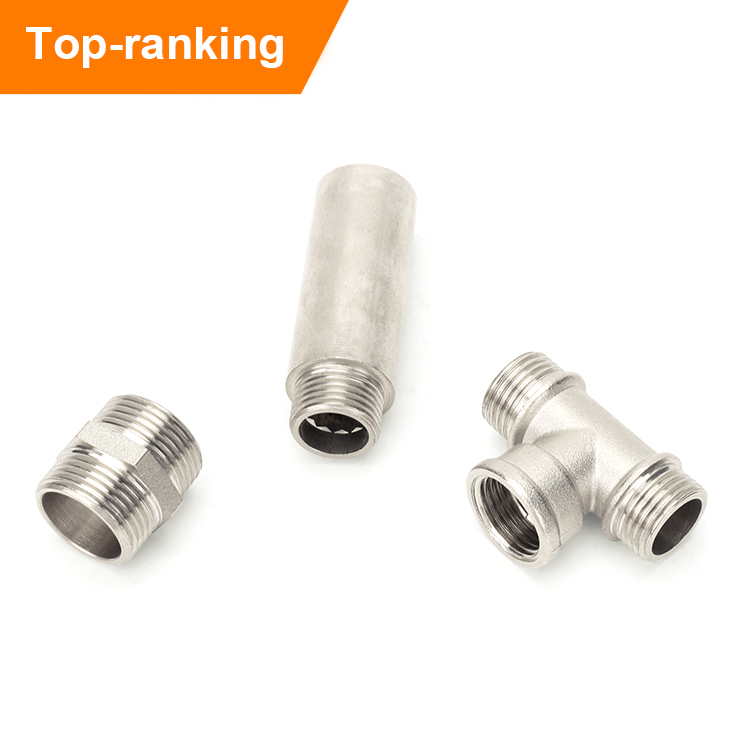Brass fittings offer a wide range of benefits that make them a popular choice in various industries, including plumbing, gas systems, and fluid transfer applications. In this article, we will explore the advantages of using brass fittings, including their corrosion resistance, durability, ease of installation, aesthetic appeal, and compatibility with various materials.

- Corrosion Resistance: One of the key benefits of brass fittings is their excellent corrosion resistance. The copper content in brass provides natural protection against corrosion and the formation of rust. Brass fittings can withstand exposure to water, moisture, and some chemicals commonly found in plumbing systems. This corrosion resistance ensures the longevity and reliability of the fittings, minimizing the need for frequent replacements and repairs.
- Durability and Strength: Brass fittings are known for their durability and strength. The addition of zinc to copper in the brass alloy enhances the overall strength and hardness of the fittings. Brass fittings can withstand high pressures and are resistant to deformation. Their durability makes them suitable for a wide range of applications, including residential, commercial, and industrial settings.
- Ease of Installation: Brass fittings are relatively easy to install and work with, making them a preferred choice for many plumbers and contractors. They can be soldered, threaded, or connected using compression fittings, providing flexibility in installation methods. Brass fittings can be easily manipulated and formed into various shapes to fit the specific requirements of the plumbing system.
- Aesthetic Appeal: Brass fittings have a distinct and attractive appearance that adds aesthetic value to any installation. They have a warm, yellowish-gold color that can vary depending on the specific composition of the alloy. Brass fittings can be polished to a high shine, enhancing their visual appeal. Over time, brass fittings develop a natural patina that gives them a unique and vintage look, adding character to the plumbing system.
- Compatibility: Brass fittings are compatible with various materials, making them versatile and suitable for different types of installations. They can be used with copper pipes, brass pipes, and plastic pipes. Brass fittings provide a reliable and leak-free connection when used with compatible materials, ensuring the integrity of the plumbing system.
- Resistance to High Temperatures: Brass fittings have relatively good heat resistance, making them suitable for various hot water and heating applications. They can handle high temperatures without losing their structural integrity. This makes brass fittings a reliable choice for applications involving hot water transfer or exposure to heat.
- Low Friction Loss: Brass fittings have a smooth interior surface, which helps to minimize friction loss and pressure drop within the plumbing system. The low friction allows for efficient flow and ensures optimal performance of the system.
- Wide Range of Applications: Brass fittings find applications in a wide range of industries and settings. They are commonly used in plumbing systems, gas installations, air conditioning, and various fluid transfer applications. Brass fittings are suitable for residential, commercial, and industrial environments due to their durability, corrosion resistance, and versatility.
- Environmental Sustainability: Brass fittings are environmentally friendly as they are completely recyclable. The brass alloy can be melted down and reused to create new fittings or other brass products, reducing the demand for new raw materials and minimizing waste.
In summary
Brass fittings offer numerous benefits that make them a preferred choice for many applications. Their corrosion resistance, durability, ease of installation, aesthetic appeal, compatibility, heat resistance, low friction loss, and wide range of applications make them an ideal solution for plumbing and fluid transfer systems. Brass fittings provide long-lasting performance, aesthetic value, and reliable connections, contributing to the overall efficiency and sustainability of the plumbing system.





